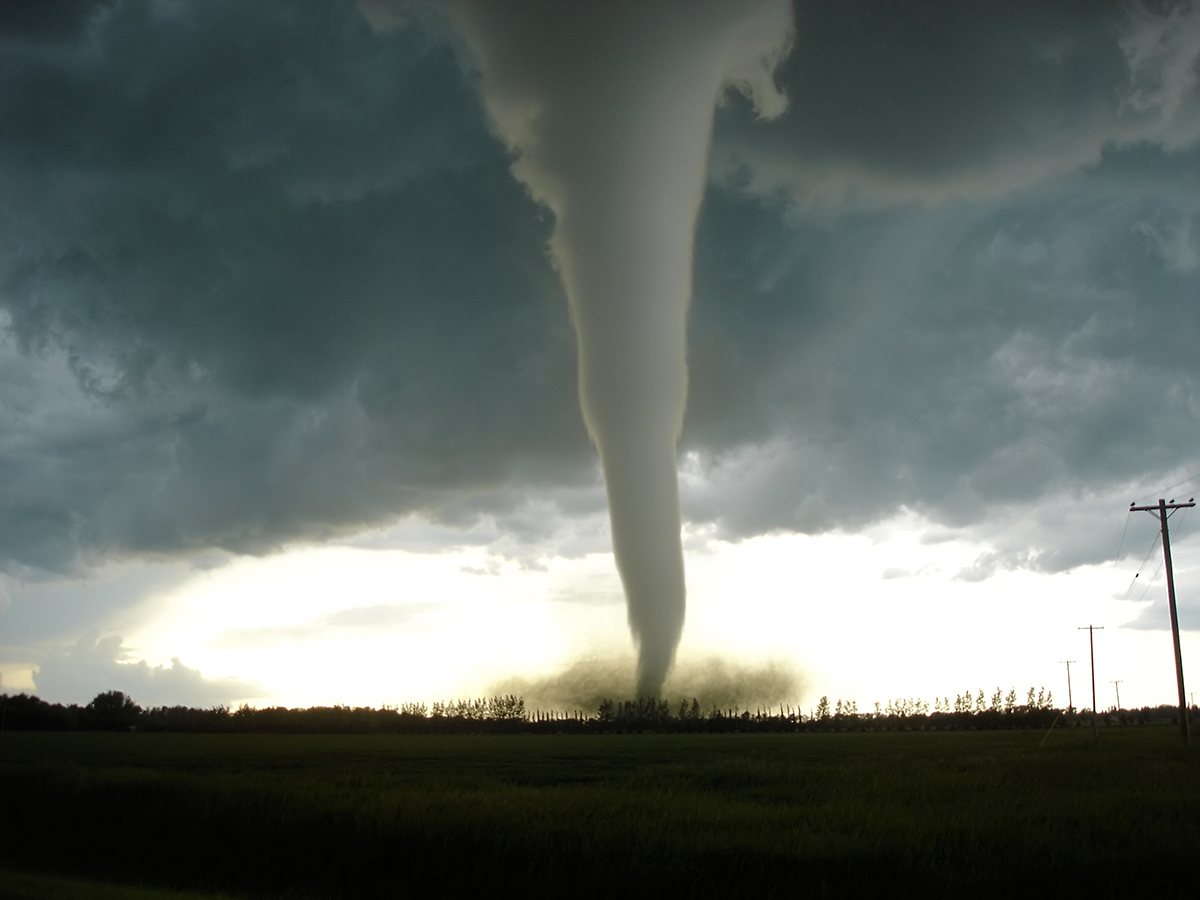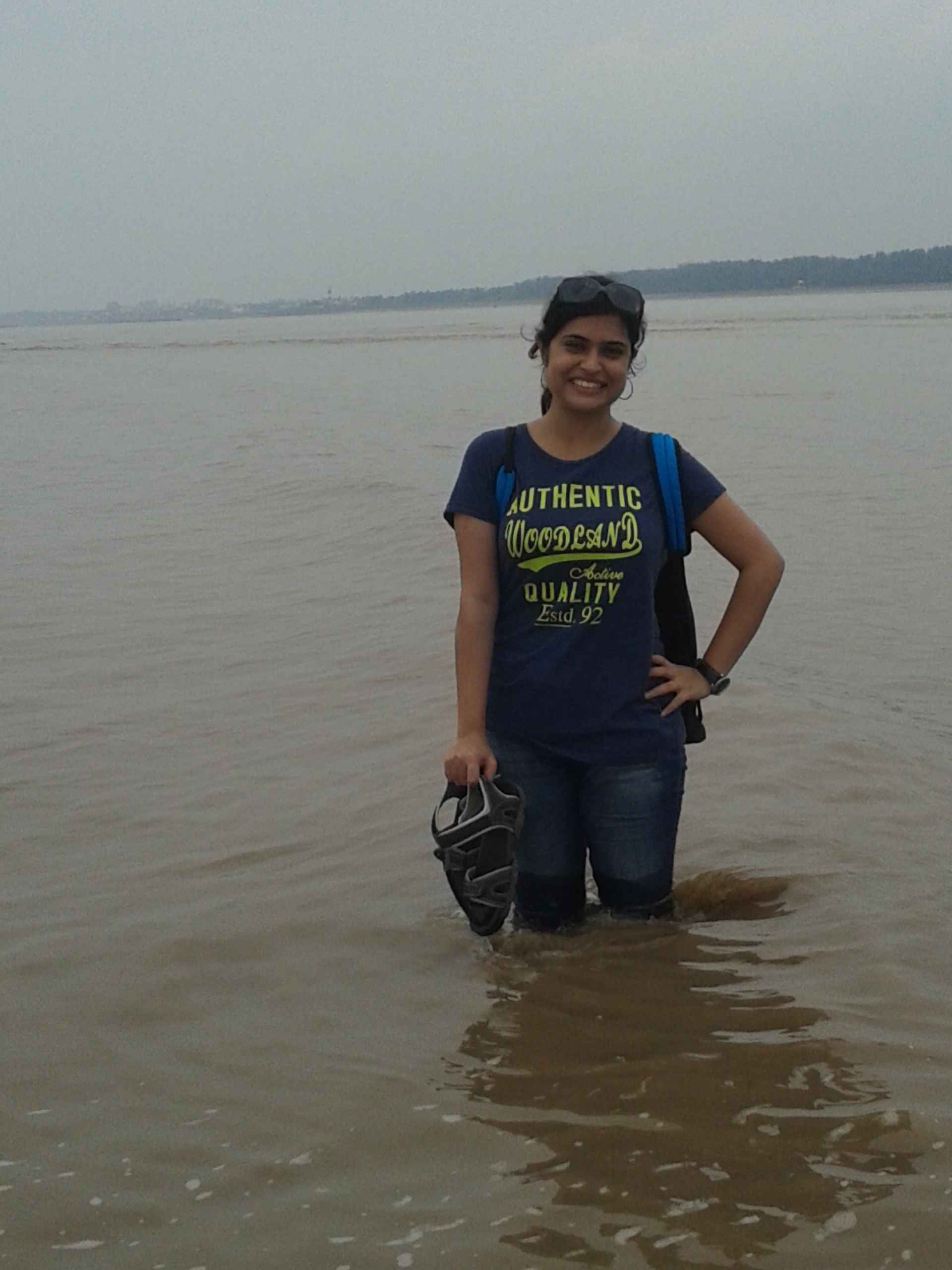Eye of the Storm
Whenever anyone talks about unconventional or out of the box careers, the first one that pops into my mind is Storm Chasing. I mean how cool would it be to introduce myself as Kaveri Sharma, Professional Storm Chaser. Really, it would be quite the thing. But a lot of grinding hard work lies beneath all the glamour and adventure that is Storm Chasing. Now obviously I’ll make it clear right in the beginning that this is not your usual career choice. You’ll obviously be hard pressed to find a storm chaser in India. USA is the best option for pursuing storm chasing professionally, with its Tornado Alley churning up enough twisters to keep any chaser happy. Storm chasing is also not a cheap path. You obviously need substantial monetary resources to be able to do something of value in this field. And lastly, it’s most definitely not for the faint-hearted. But despite all these constraints, Storm Chasing is not just a fanciful hobby, but a serious career choice, which can be taken up by anyone devoted enough.
Professional Storm Chasers, as opposed to recreational ones, are largely researchers with meteorological training, who collect weather data using sophisticated equipment. This data helps in establishing weather trends and patterns, helping predict better when tornadoes will strike. An early warning is most essential in preventing a tornado from becoming a major catastrophe. Also a lot is still unknown about these awesome forces of nature, like exactly when and where will they form, the enormous energy which they carry and so on. Storm chasers constantly strive to get the answers to these puzzles. In fact, with the advent of storm chasing and advancement in weather equipment, deaths caused due to tornadoes have gone down although their numbers have increased.
Then there are storm chasers who are called ‘storm spotters’. They report their findings to authorities who may then issue warnings for evacuation or taking shelter as the case may be. Along with the meteorologists, they help expanding storm databases, and enhancing their precision. These storm spotters are usually trained professionals, who receive relevant training from the weather departments. Alternatively, storm chasers may be part of television crews and media channels, like Discovery and National Geographic. Many are photographers, who sell their pictures and videos for profit. There are also some who have made storm chasing into a tourism opportunity, running storm chasing tours for those who want to get a feel of it.
Most people consider chasing storms to be a pretty random activity, depending a lot on pure luck. However there’s more to it than just turning up where a tornado is forming and clicking pictures. There is a lot of science and methodical practice which goes behind chasing storms. Storm chasers constantly analyze weather reports and developing storm systems. Based on their knowledge of the interpretation of the weather data, they figure out the likely time and place where the tornado will strike. Then comes the hours of driving, constantly checking weather updates to track the twister. However, it is not all action-packed chasing, like the ones we see on television. There is a lot of waiting around to be done. Many times it even turns out to be a futile chase. Basically the key is patience, patiently waiting for the right conditions, and then patiently tracking the potential twister.
Once in sight of the funnel, the chasers set up their equipment, and observe its progress from a distance. It most certainly is a thrilling experience, and storm chasers constantly take risks. However these are measured risks, and they try to stay perpendicular to the twister so that they can quickly escape. Typical storm chaser gear includes cameras, radios, satellite phones, GPS etc. Then there is the more sophisticated storm chasing gear used by meteorologists. TOTO or Totable Tornado Observatory (remember Toto, Dorothy’s dog from Wizard of Oz? he too got blown away by a tornado) was one of the first tornado observation equipment built, however it was never put to use. More recently, storm chasers use Doppler on Wheels, weather balloons and Tornado Intercept Vehicle to track these amazing weather phenomena. While most chasers use vehicle mounted weather stations for constant wind speed, direction, temperature and humidity data, handheld anemometers are also still popular.
Storm Chasing definitely gives you the adrenaline rush of a lifetime. For storm junkies, it’s nothing short of a calling. Yet, one cannot ignore the risks involved. Professional storm chasers are never reckless, like many amateurs, and they know when to quit. Nevertheless, accidents happen, most often during driving. This is because often chasers have to pass through pouring rain and hailstorms, before getting to the area of interest. The reduced visibility and slick roads in such conditions constitute a major hazard. Then there is the risk of getting struck by lightning. But while the potential hazards are many, if one gives a proper mind to safety, you can get all the adventure and kicks from storm chasing, without the dangers involved.
Personally, I’ve always been fascinated by storms. The brilliant lightening, the rumbling thunder and the gusty wind have always struck a chord. Of course, I can only talk about our typical monsoon storms at this point. But even these really call out to me. Whenever there is a storm brewing, I’m either outside, or at my window, clicking pictures, trying to capture those blinding flashes and forks of lightening. My interest in storm chasing was aroused by the movie ‘Twister’. Although no masterpiece by any standards, nor a very scientifically accurate depiction of storm chasing, it does manage to give you a feel of the real thing, and the equipment and dangers involved, albeit in a dramatized manner. Further all the Discovery documentaries really make you want to go out there and chase some storms for yourself. Of course there’s a long way to go before I can even think about taking up storm chasing (my mother’s sure shot disapproval notwithstanding), but yes I would definitely like to do it at least once in my life. So for now, storm chasing gets the top spot in my bucket list.





